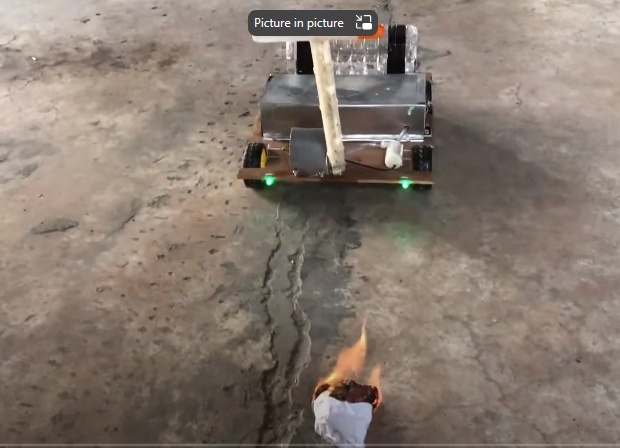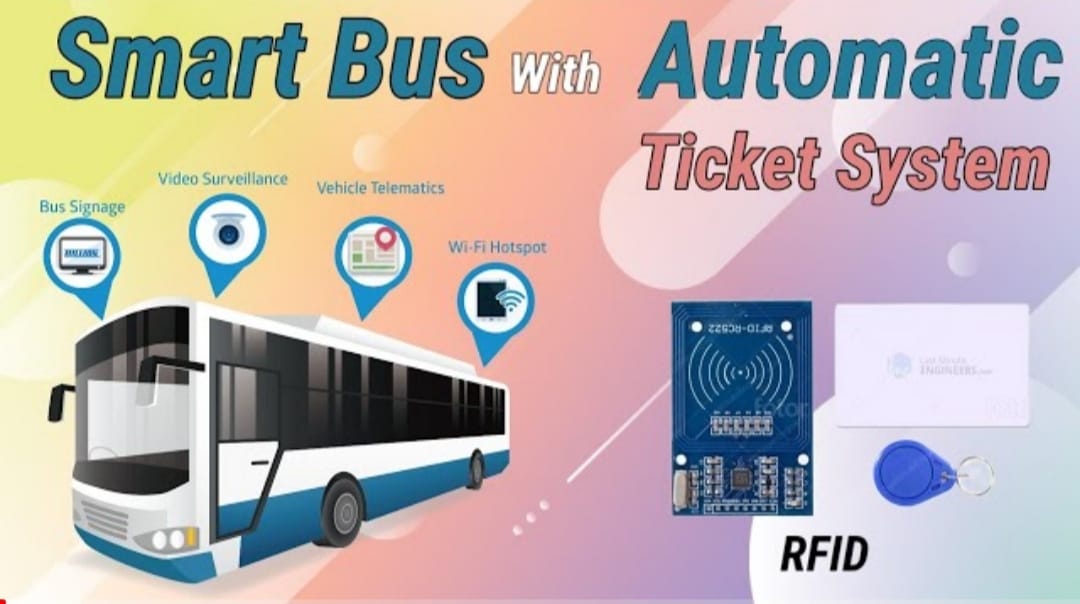Objective:
Design and build a robot capable of autonomously identifying and filling potholes in road surfaces, with a focus on improving road safety and infrastructure maintenance.
Materials and Components:
- Robotic chassis or frame.
- Wheels or tracks for mobility.
- Sensors (e.g., cameras, LIDAR, ultrasonic sensors) for pothole detection.
- Pothole filling mechanism (e.g., pneumatic or hydraulic system).
- Robotic arm or mechanism for precise placement of filling material.
- Filling material (e.g., asphalt, concrete).
- Control system (microcontroller or computer).
- Power source (battery or electrical connection).
- Safety equipment (e.g., warning lights, cones).
- Optional: GPS or positioning system for mapping pothole locations.
Project Steps:
- Design and Planning:
- Develop a detailed design for the pothole filler robot, including the type of sensors, mobility system, and filling mechanism.
- Sensors and Detection:
- Integrate sensors to detect potholes accurately. These sensors can identify the size and depth of potholes.
- Mobility and Navigation:
- Set up the robot’s mobility system and navigation controls, ensuring it can move to pothole locations.
- Pothole Filling Mechanism:
- Create a mechanism for the robot to fill potholes. This could involve a system for dispensing and compacting filling material.
- Control System:
- Program the control system to process sensor data, make navigation decisions, and operate the filling mechanism.
- Safety Features:
- Include safety features such as warning lights or barriers to protect workers and pedestrians during the filling process.
- Testing:
- Test the robot’s ability to detect and fill potholes accurately in a controlled environment.
- Field Testing:
- Conduct field tests to evaluate the robot’s performance in real-world conditions.
- Data Collection and Analysis:
- Collect data on the robot’s effectiveness, including the time and resources required for pothole filling.
- Presentation:
- Present the project’s findings, highlighting the potential for automated pothole repair in improving road infrastructure and safety.
Benefits:
- The project addresses a real-world problem of road maintenance and safety.
- Students gain experience in robotics, sensor technology, and automation.
- It has the potential to contribute to the development of smart infrastructure solutions.
Please follow and like us:


